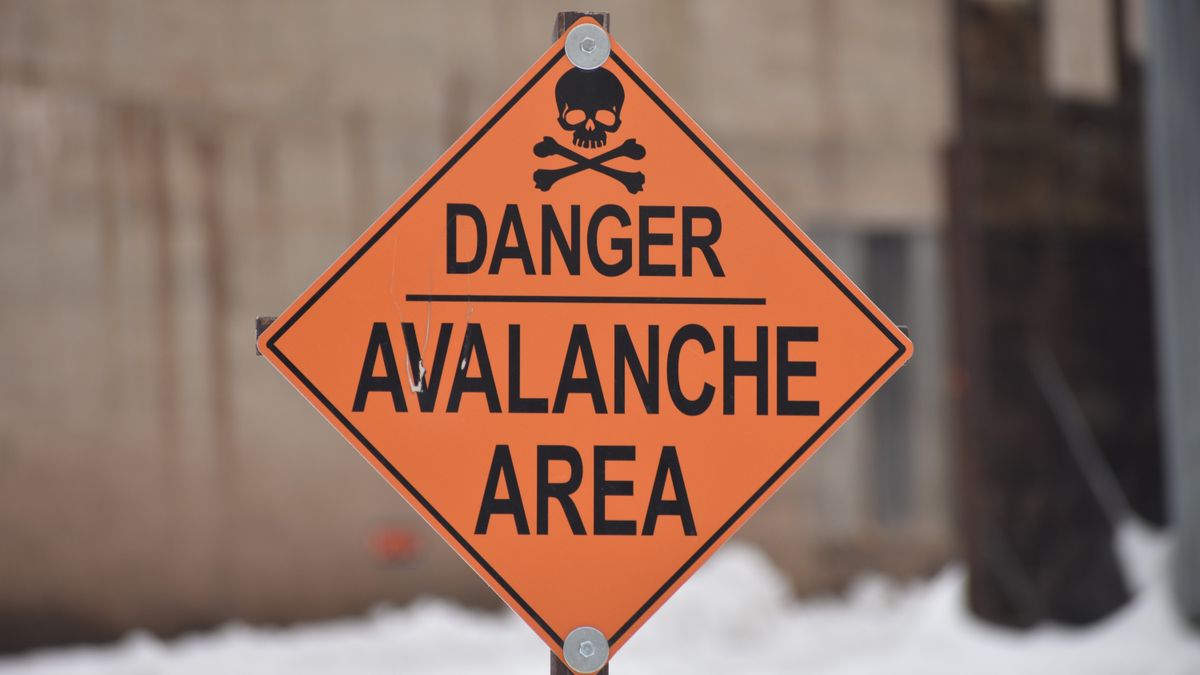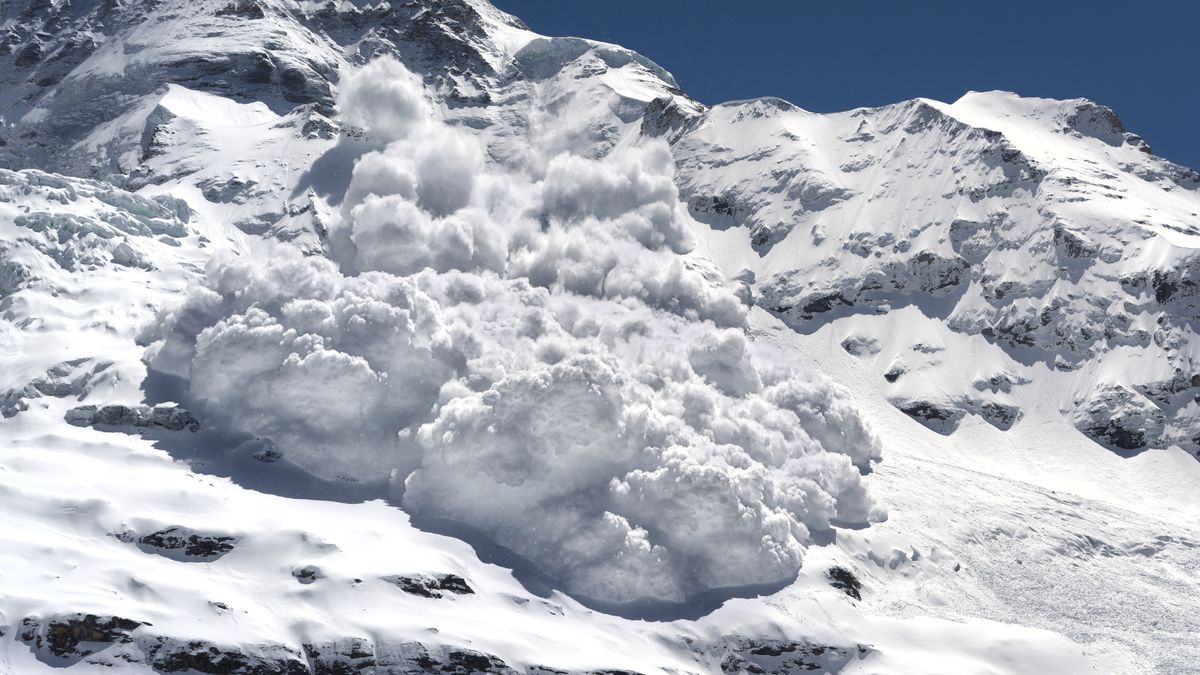People buried in avalanches are more likely to be rescued quickly and survive the experience today than four decades ago, a new study suggests.
Avalanches can kill in many ways. Most people caught in these avalanches die from injuries received during the avalanche, drowning after being buried by the snow, or hypothermia that enters as they wait for rescue. Time is critical – most people who live to tell the tale are rescued within minutes of burial.
of first in-depth studies of avalanche survival were published only 30 years ago and focused on incidents in the Swiss Alps. At the time, less than half of the people buried in the avalanche survived, and almost all of those who did were rescued within 15 minutes of being buried.
However, since the 1990s, we have developed more credibility ways to predict avalanchesas well as new technologies for it improves people’s chances being quickly found and rescued. The new research shows that these advances have improved avalanche survival.
Related: The body of the mountaineer missing for almost 40 years was discovered in the melting Swiss glaciers
The study, published on September 25 in the journal JAMA Network Openexamined avalanche survival data in Switzerland that was published between 1981 and 2020. Within those four decades, more than 7,000 people were caught in avalanches, including 1,643 people who were “critically buried,” meaning that the snow covered their heads and chests.
“If a person caught in an avalanche remains on the surface or is only partially buried, with the head and chest exposed, the survival rate exceeds 90%,” he said. Dr. Hermann Bruggerco-author of the study and founder of the Institute for Mountain Emergency Medicine in Bolzano, Italy. This percentage is based on all reports from 1981 to 1998.
“However, when the head and thorax are completely buried, survival drops sharply to about 53%,” Brugger told Live Science in an email.
The new research shows that, since 1990, the overall avalanche survival rate in Switzerland has increased from 43.5% to 53.4% - which amounts to about 10 more people rescued for every 100 affected.

Survival rates may still seem low, but time makes a big difference. People buried for less than 10 minutes had a 91% chance of survival, but their chances dropped to 76% after just five more minutes. By 30 minutes, less than 1 in 3 people survive.
“After 10 minutes of burial, the victim begins to suffer from hypoxia (oxygen deprivation) and hypercapnia (carbon dioxide build-up),” Brugger said. “The exhaled carbon dioxide accumulates in the surrounding snow, reaching toxic levels that are then reabsorbed by the victim.”
People who are in a group when an avalanche occurs can react immediately to find and dig out their comrades, so they can often help within that crucial 10-minute window. Organized rescue teams take longer – but the average time to rescue has fallen from 45 minutes to 25 minutes over the past 40 years, new research finds.
Researchers attribute this to better success avalanche safety training for outdoor sports enthusiasts and new technologies that enable rescuers to find victims faster. This technology includes digital transmitters that broadcast a survivor’s location and wearable radar reflectors that can be picked up by handheld or airborne detectors.
Because the study relied on data recorded between 1981 and 2020, some information — particularly how long survivors were buried — was missing. The researchers used statistical methods to help fill in the gaps, but more real-world recordings are needed to gain additional insight into what makes a difference in avalanche survival.
Brugger stressed that the safest approach is to avoid situations where you might encounter an avalanche in the first place. He suggested carefully reviewing the weather forecast and current “the degree of avalanche danger“, which uses weather and snow conditions to predict the likelihood of an avalanche—and how big and dangerous that avalanche might be. Climbers should plan their routes accordingly, making sure they make adjustments based on the level of avalanche danger in a certain area.
Carry appropriate safety equipment, including an avalanche beacon, shovel, probe and possibly an avalanche airbag, which can be deployed during an avalanche to increase a person’s size and make it more difficult to bury them, he added. Brugger. “In the event of an avalanche, the priority is to keep your airway clear by trying to put your hands over your mouth and nose. And finally, never go alone.”
This article is for informational purposes only and is not intended to provide medical or mountaineering advice.
Ever wonder why? some people build muscle more easily than others OR why spots appear in the sun? Send us your questions about how the human body works community@livescience.com with the title “Health Desk Q”, and you can see the answer to your question on the website!
